7. The Strange Case of Dr Jekyll and Miss Osbourne (1981)
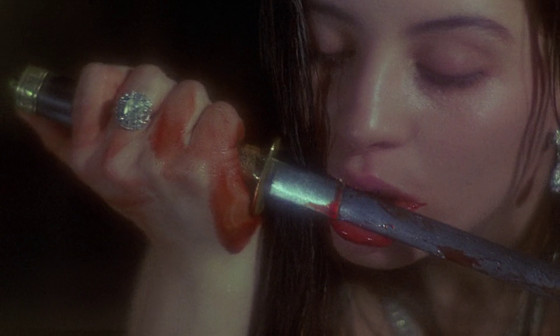
Eclectic Polish maestro Walerian Borowczyk takes the premise of the Robert Louise Stevenson’s novella and boils it down to extremes in a cocktail of sexual violence and rampant existentialism. Condensing the story of the ill-fated Dr Jekyll who becomes addicted to a serum (Borowczyk has him extravagantly absorbing it by bathing in a red hot bath) that corrupts his body and personality into the base and monstrous Mr Hyde, into a single evening.
Discussions of philosophy and art abound (Vermeer is a literal reference point for the film’s interior photography) with family members and society figures gathering for a dinner party. But it is not long before all hell breaks loose as Jekyll quickly looses control of his personality, beginning with the rape and murder of a young girl and escalating from there.
Deviant, excessive and intoxicating, Borowczyk’s film is a challenging mix of high art and near-exploitation, culminating in a shocking, explosive breakdown of Victorian ideals. It also features a wonderfully manic performance by cult actor Patrick Magee.
8. Ravenous (1999)
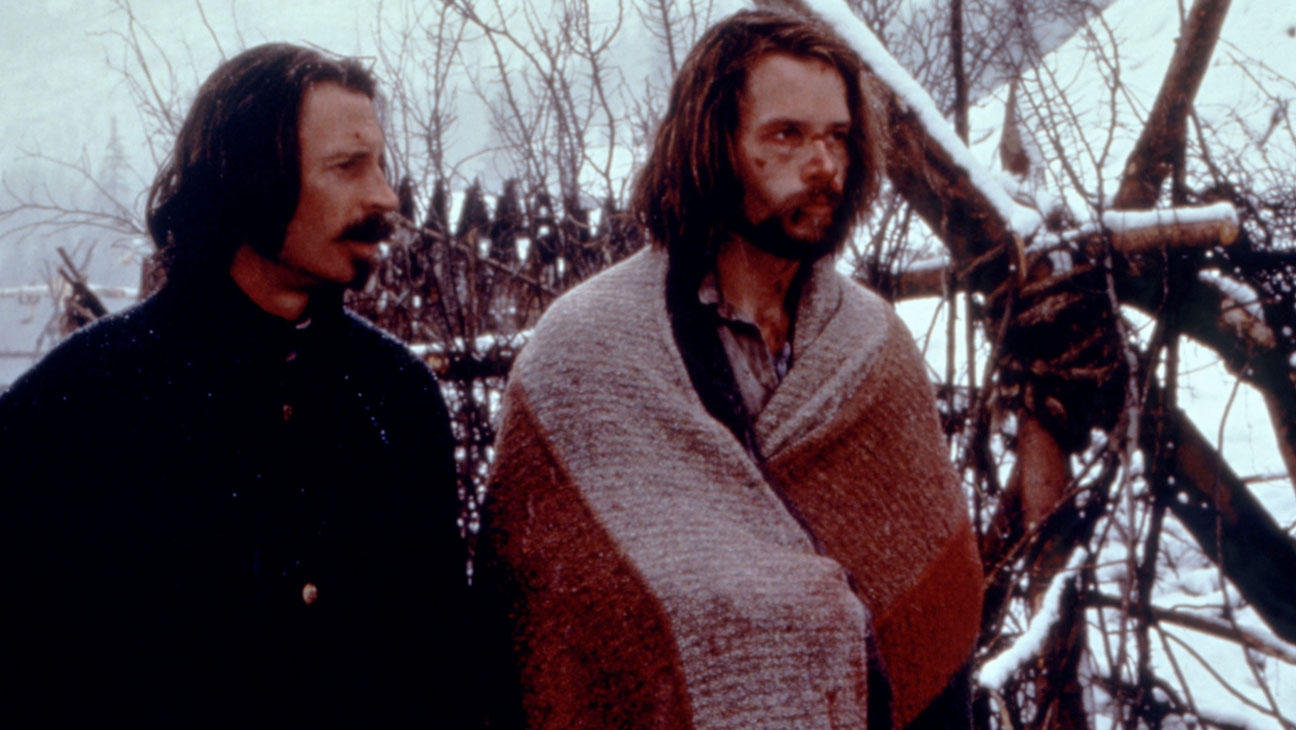
A troubled production and a poor box-office showing greeted Antonia Bird’s black-comedy cannibal horror and could have potentially condemned the film to relative obscurity. However the solid cult following that emerged around the film resulted in a recent critical reappraisal, giving the film a boost to its afterlife, perhaps appropriate given the themes at play here.
Guy Pearce plays a disgraced lieutenant sent to a remote northern outpost during the Mexican-American War in 1846. The disappearances beginning to rack up are quickly attributed to a rescue (a particularly hammy Robert Carlisle) who soon reveals himself to be a cannibal supercharged on human flesh.
There is plenty to chew on with Nietzsche, Thoreau, Native American folklore and light political satire thrown into the ‘Alien’ routine. Even when the story buckles towards the end, the off-kilter performances, physicality of the cinematography courtesy of Anthony B. Richmond and a propulsive score from Michael Nyman and Damon Albarn make for a satisfying watch.
9. The Devil’s Backbone (2001)
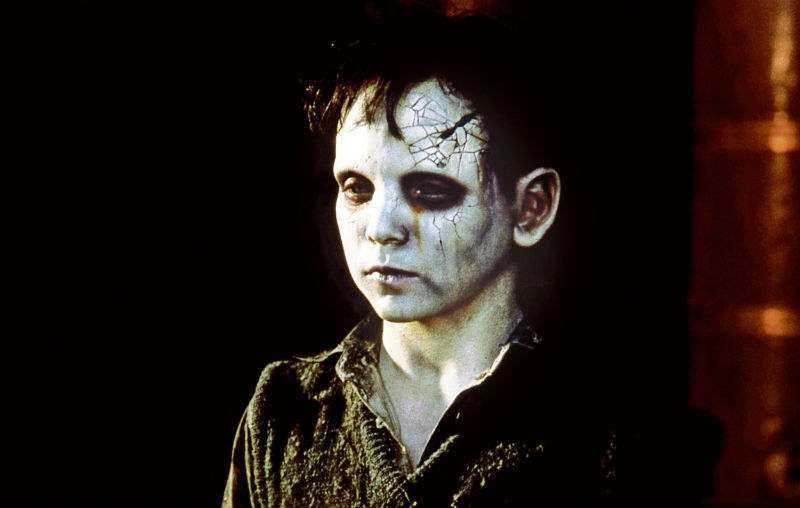
Guillermo del Toro had already highlighted the veiny parallels between supernatural terror and political conflict with his Mexican vampire debut, Cronos, before fixing his gaze back in time to the Spanish Civil War. Set at the very end, The Devil’s Backbone tells the story of a twelve-year-old boy who is sent to a haunted rural orphanage caught up in the fog of war.
A sombre mood prevails over the film; del Toro’s ghost stalks the orphanage walls, serving as a metaphor for the past itself, a desperate warning doomed to repeat for eternity. While a giant, unexploded bomb lies at the centre of the orphanage, fusing the poetic supernaturalism with anti-fascist undertones. The director himself stated, ‘Much like fairy tales, there are two facets of horror. One is pro-institution . . . the other is completely anarchic and anti-establishment.’
10. Let the Right One In (2008)
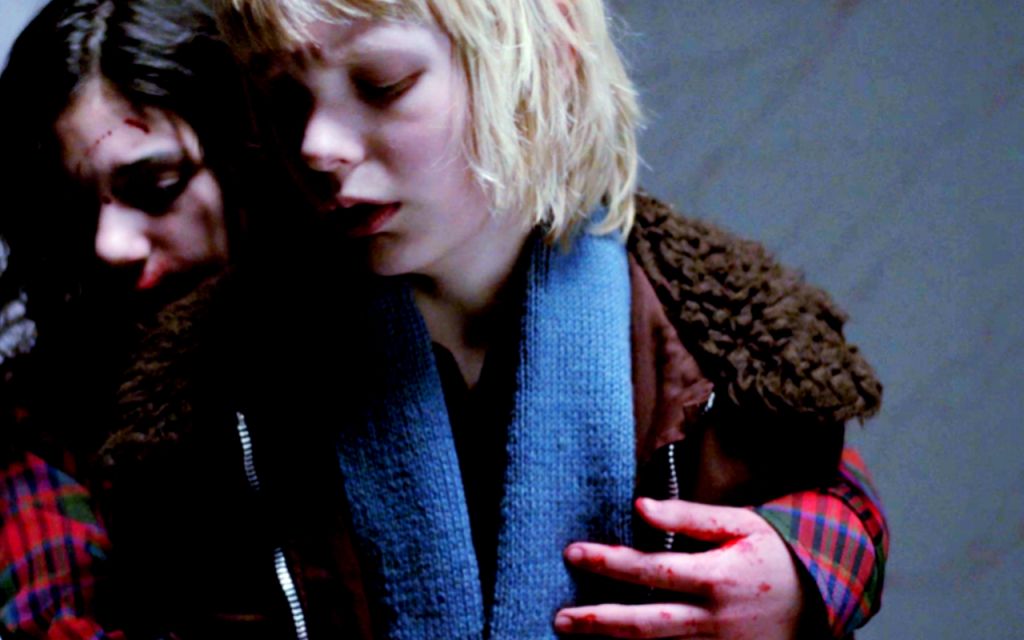
You could be forgiven for believing that Thomas Alfredson’s adaption of John Ajvide Lindqvist 2004 novel was a contemporary film set in a particularly bohemian Stockholm apartment block. The author himself dramatically toned down the political undertones that contextualise the source material when he adapted his novel into a screenplay.
Set in 1981, the film centres around the relationship between a lonely, bullied twelve-year-old boy and the vampire that moves into the apartment next door. Moments of extreme violence and terror punctuate a tender bildungsroman, blanketed by a cool nostalgia. The film is peppered with artefacts of the time: knitted turtlenecks, Rubik’s Cubes and Swedish rock music all take on an aura of tragic innocence lost amongst the horror of a childhood perverted.
11. Black Death (2010)
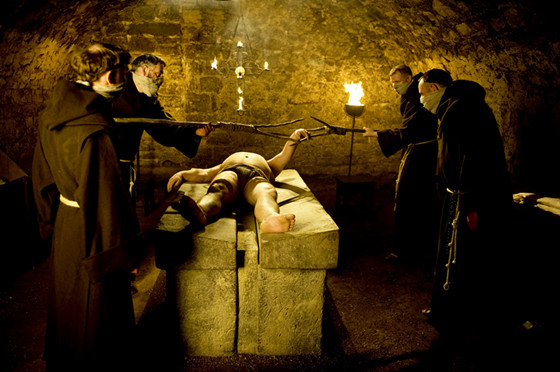
Christopher Smith had already developed a penchant for location based horror; his debut Creep was set in the London underground after close, while 2008’s Triangle took place on an abandoned ocean-liner, by the time he made this medieval cult horror. Set in 1348, Sean Bean leads a group of god-fearing mercenaries, accompanied by a monk named Osmund (Eddie Redymane) through the plague-ridden English countryside to an unscathed village, in search of a necromancer.
Things are not as they seem as the group are picked off one by one in increasingly gruesome fashions. Smith draws on the same conflict between religion and regional folk tradition as another British classic horror film, Robin Hardy’s The Wicker Man. Death drenches every frame and the moody visuals mixed with graphic violence owes as much a debt to the paintings of Hieronymus Bosch as they do to documents of modern atrocities.
12. The Witch (2015)
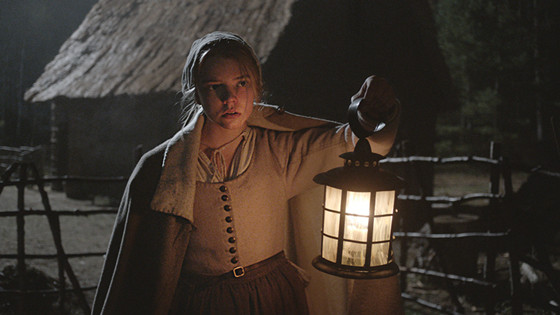
Billed on the poster as ‘A New-England Folktale’, Robert Eggers’ debut received the Best Director award at the 2015 Sundance Film Festival, garnering specific praise for its period accuracy.
It is not just the critics that were impressed: reportedly, the film has sat very well with certain Satanist sects. Set during the 17th Century, a Puritan family are exiled from their New England community and choose to take up a farm in a clearing next to the woods. With crops failing, hysteria and desperation take hold as the family find themselves being preyed upon by a nearby witch.
If the regional dialect taken up by the script is the first indication, Eggers’ film is bloated with heritage. He bases many of the horrific rituals on actual New England folktales, such as the use of the blood and fat of an unbaptised infant for flying ointment. His cinematic influences extend beyond the genre too, with the intimate, desperate conflict of faith and human nature evoking the chamber dramas of Ingmar Bergman and Carl Theodor Dreyer.
However, it would be a disservice to attribute the film’s quality to the sum of its influences. The Witch has an unnatural evil that hangs on every frame, corrupting to any man, woman, child or beast that ventures into its midst. Though so heavily ingrained in the past, it is a work of horror that will invite interpretation and analysis for years to come.
Author Bio: Mervyn is a Post-graduate Film Student at Queen’s University. He has been writing about film for around three years now across a number of sites including The Yorkshire Times Online and The Focus Pull. When he is not watching, writing or thinking film he is a part-time reader and drinker of whiskey. You can follow him on Twitter or Letterboxd.